Giving Back Around the World
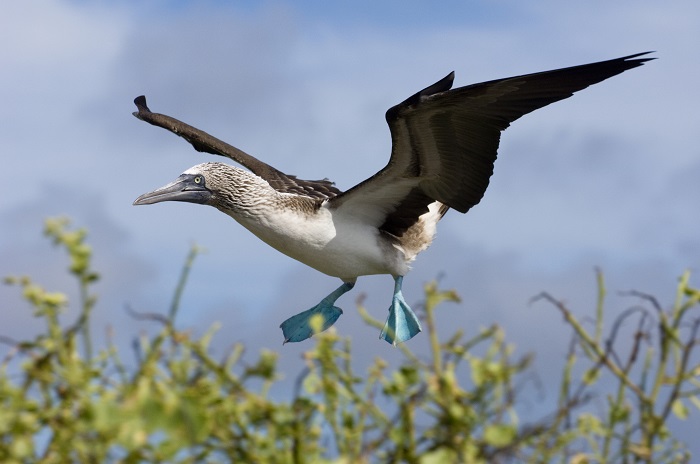
We asked the GeoEx staff to tell us about worthy NGOs, community and conservation organizations, and giving-back efforts they’ve encountered—and even been a part of—during their travels and at home. We’d love to hear about yours as well!
Indonesia
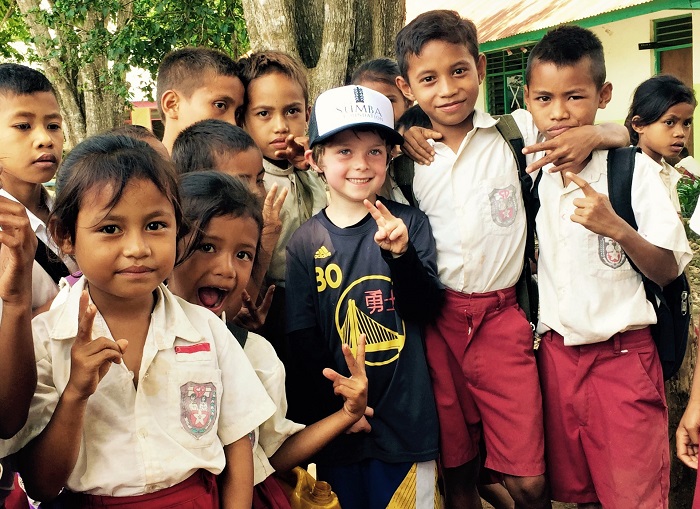
Brady Binstadt: On my family’s recent trip to the Indonesian island of Sumba, just an hour’s flight from Bali, we visited a local school. Most of the children walk several miles each day to get to school, many without shoes or a good breakfast. We also found out about The Sumba Foundation, an organization that endeavors to give these kids better educational, health, and income-generating opportunities. I was really touched when my six-year-old son asked how we could help. Together as a family, we decided to do our own fundraiser, bringing home and selling Sumba-made bracelets that were donated to us by our hotel (Nihiwatu) and giving all of the money to The Sumba Foundation to provide shoes for every kid at the school that we visited.
Chile
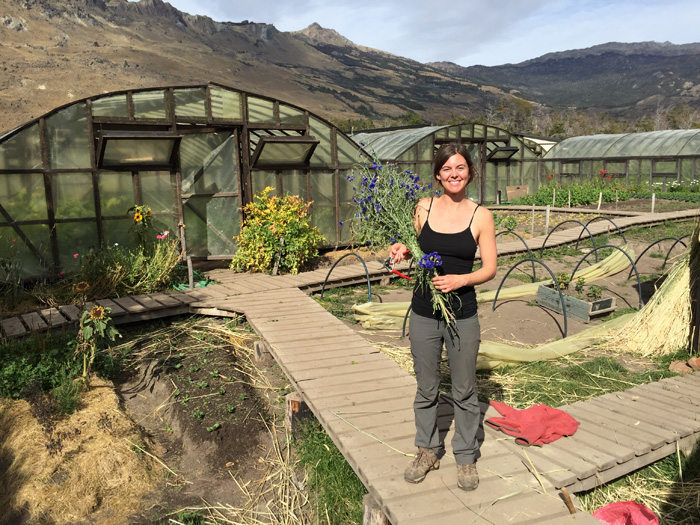
Natalie Crow: In 2012 I traveled to Patagonia for the first time and fell in love with the future Patagonia National Park. Located in the Aysén region of Chile, the park is a project of Kris Tompkins and her late husband, Doug, who have worked tirelessly to protect land in Chile and Argentina, buying it with their own money, converting it into parks, and then donating it to the national park systems. The park I visited was so beautiful, pristine, and wild—like no other place I had been. I vowed to return and make a donation of my own: my time. I was so excited to volunteer there this past March, working for three weeks in the organic garden, which supplies the lodge with fresh produce. Kris has often said that if you love a place, you have a duty to protect it. Hopefully I will have contributed to the protection of this extraordinary place.
Ethiopia
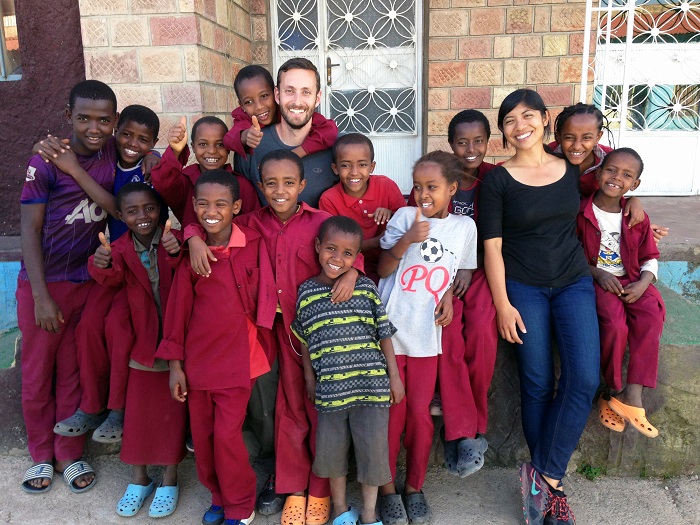
Jenny Velasco: After a month of travels around northern Ethiopia, I had the chance to visit to a community organization in Debre Zeit, just south of Addis Ababa. Each day boys and girls from the community—all of them from single-parent households—would pour into the center, faces beaming with smiles, for healthy meals, showers, tutoring, and lively games of basketball and ping pong. I spent time with them in their classroom, drawing a world map on the chalkboard and pointing out a few of the countries where my travels have taken me. They took turns sharing their favorite color and favorite food—a question to which everyone exclaimed, “doro wat!” (Ethiopia’s national dish). My memories of the day, the welcoming kids and teachers, and the expressions of generosity I experienced are still vivid, even years later.
Cambodia
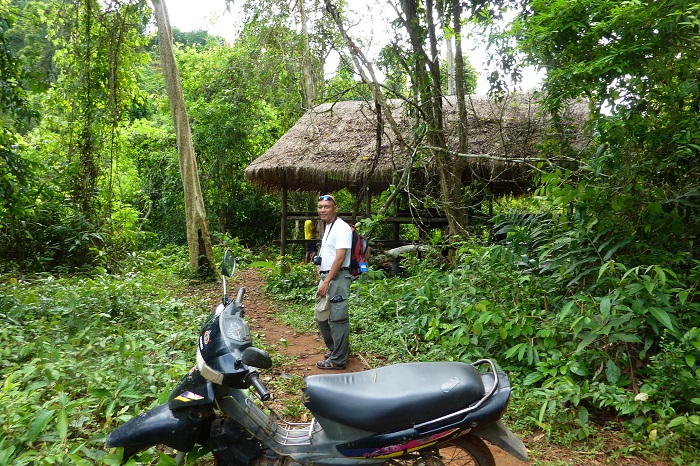
Tina Liadis: While traveling in Cambodia, I was fortunate enough to spend a night in Chi Phat village, headquarters for a sustainable tourism project in the Cardamom Mountains. Villagers who at one time resorted to poaching to feed their families are now employed as guides for village visits, jungle trekking, bird-watching, and other activities. It was amazing to explore with them and discover the protected area’s rain forests, waterfalls, rivers, mangroves, and wildlife, as well as cultural artifacts.
Brazil
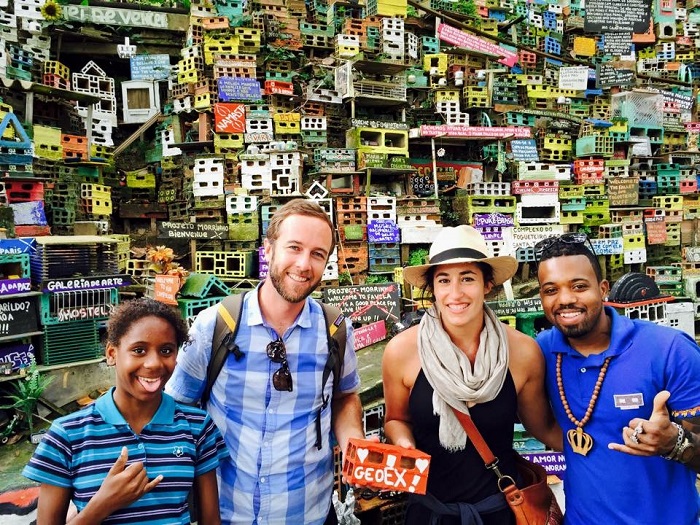
Jennine Cohen: I’ve been really impressed with the work of Project Morrinho, an NGO located in the Pereira da Silva favela (shantytown) of Rio de Janeiro, Brazil. The project, a unique art installation showing a scale model of a favela cityscape, supports cultural and educational programs for local youth. I love sharing the project with GeoEx travelers.
Kenya
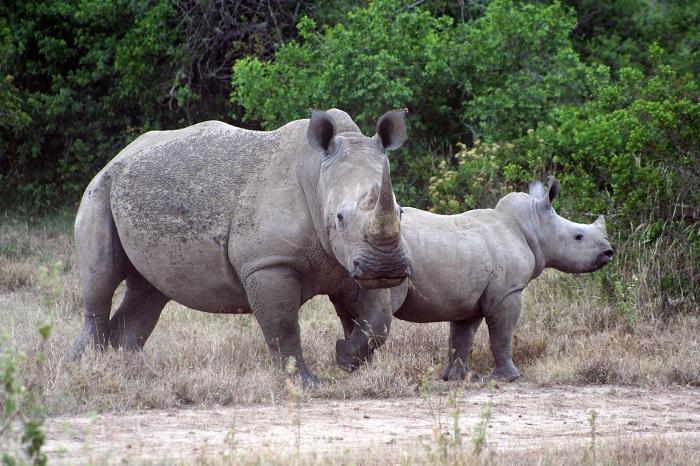
Jean-Paul Tennant: Solio Ranch in Kenya’s Great Rift Valley was an eye-opener: 45,000 acres of fenced-in, heavily guarded savannah with a high concentration of black and white rhinos, Mount Kenya looming majestically in the background, and unusually large and graceful acacias (thanks to the forced exclusion of elephants). Unfortunately, my young sons and I quickly learned that even three layers of armed security (Kenyan army, Kenya Wildlife Service, and Solio’s private security force) were no match for the economic forces at play. During our visit, two rhinos were poached over three days. In a place not far from slums where people are living on two dollars a day, a single rhino horn can sell for $300,000 upon shipment to Vietnam or China.
South Africa
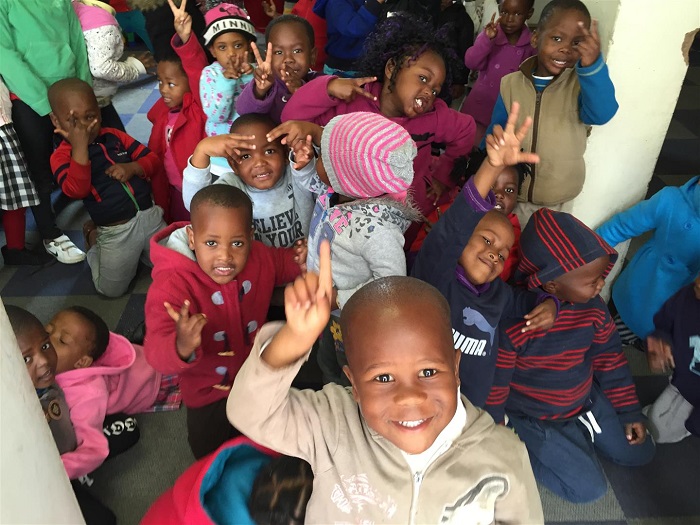
Jessica Silber: The poor conditions in Johannesburg’s Alexandra township are dismaying, so it was great to be surprised by the happy energy of the kids in the Friends of Alexandra crèche. A nonprofit, the crèche cares for about 40 children daily with a schoolroom, kitchen, and playground. From the moment I walked in, I was rendered pretty much immobile by the kids, who fiercely hugged my legs and swarmed me for high fives and singalongs.
India
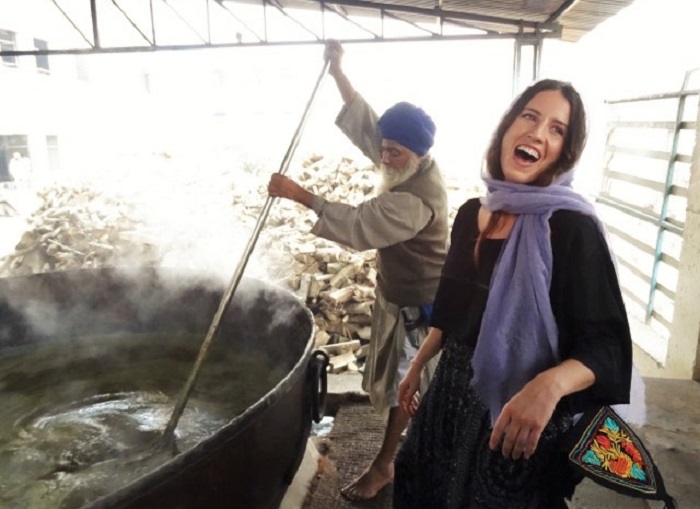
Sara Barbieri: In the Punjab state of northern India, the langar (community kitchen) at the Golden Temple offers meals to any and all, serving as many as 40,000 people on any given day. Anyone can volunteer, and though there are no sign-up sheets, no particular times you are supposed to appear, there is simply a constant flow of volunteers that makes this kitchen function. My niece Sam and I each took a turn stirring an enormous pot of dal lentils and feeling, just for a moment, part of the inspiring effort.
Galápagos Islands
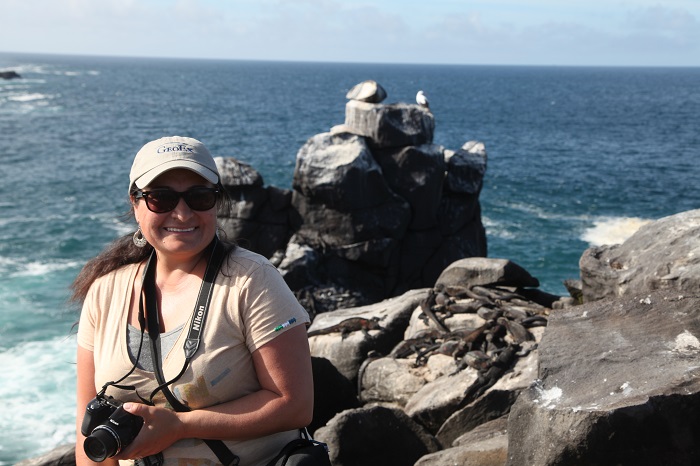
Linda de la Torre: Recently I spent three weeks in the Galápagos Islands, gaining more insight into the incredible wildlife and geology, as well as the challenges that the archipelago continues to face, such as limited fresh water, illegal fishing, population growth, and invasive species. I was happy to see some of the initiatives supported by the Galápagos Traveler Conservation Fund, one of the nonprofits in GeoEx’s Giving Back program that is working to address these concerns, as well as to verify the environmental commitment of the boats and lodges that GeoEx works with. Part of every GeoEx traveler’s trip cost is donated to this fund.
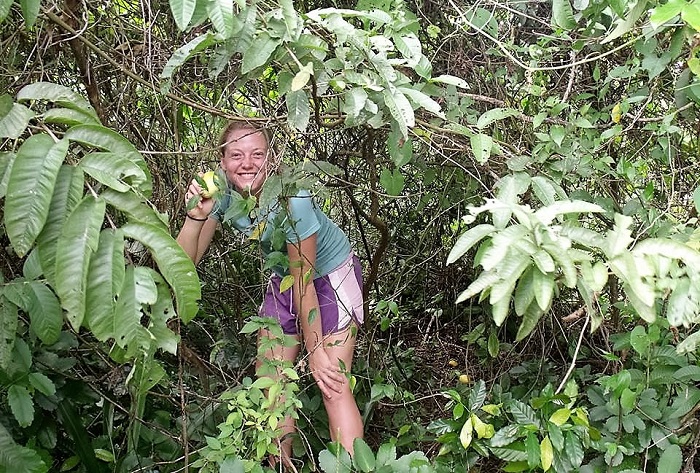
Silvia Francis-Bongue: A few years ago I spent three months in the Galápagos Islands studying marine ecology and volunteering for Hacienda Tranquila, a small NGO that aims to strengthen both the environment and the community. As a volunteer I helped remove invasive species and plant native species in their place. I also worked with local children from the INFA (the local equivalent to family services) who would come to the hacienda to hike, horseback ride, take part in a variety of educational workshops, and play games with the volunteers.
United States

Natalie Werve: Over the past couple of years I’ve been volunteering with the Global Fund for Women. Their mission is for every woman and girl to be strong, safe, powerful, and heard… I’ve been lucky enough to travel extensively, both on my own and with GeoEx, and I’ve gained unique insight into the joys and hardships of women all over the world… I was really excited when local designer Nima Shiraz asked if Global Fund for Women would like to partner with him to turn his upcoming fashion show into a benefit, and I was the lucky one who got to help make that happen.
# # # # #
Share Your Stories & Get Involved
We’d love to hear about the community efforts that GeoEx travelers have encountered or been involved with while adventuring abroad. If you’d like to share—and possibly be mentioned online—please e-mail your stories and photos to [email protected].
Find out more about GeoEx’s commitment to responsible travel and our Giving Back program.

